
Evidence of life-changing events long past are often out of sight and out of mind for decades, but then suddenly come to light. Here are two examples of such relics, long gone from almost everyone’s living memory, that recently re-entered the scene to remind us of our heritage.
Lost Deep in the Jungles of Papua New Guinea.
1. Australian Soldiers Notice Something Astounding In The Jungle Below
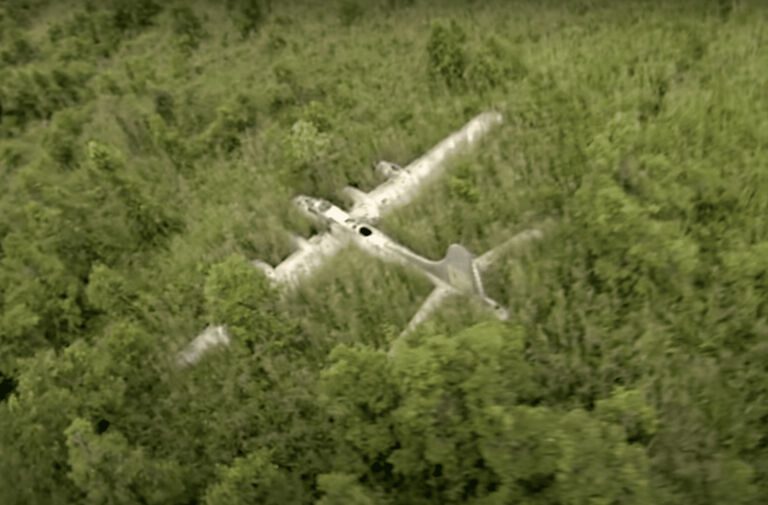
As a Royal Australian Air Force helicopter soars over the jungles of remote Papua New Guinea, the men inside become suddenly silent. In 1972, Asia is a dangerous place, so the men are intently focused on what lies below, but never expect to see a missing World War II relic.
2. Papua New Guinea Hides Many Secrets
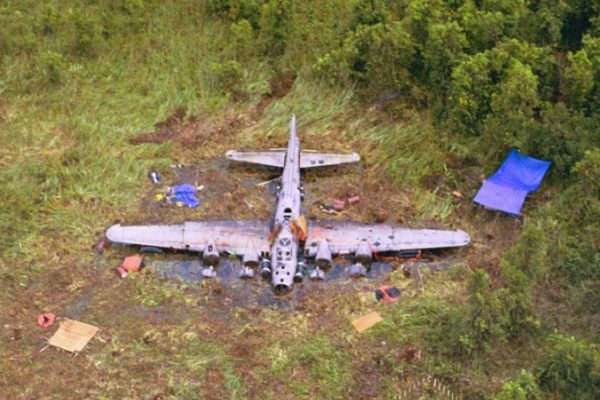
Although Papua New Guinea is populated, it has few urban centers. Most of the country consists of dense tropical forests, Savannah, wetlands, steep mountain ranges, and live volcanoes.
Exploring the island is challenging, to say the least. The lush jungle plants quickly swallow up whatever is left unattended, therefore there are very few functional roads.
3. Add Crocodiles To The Mix!
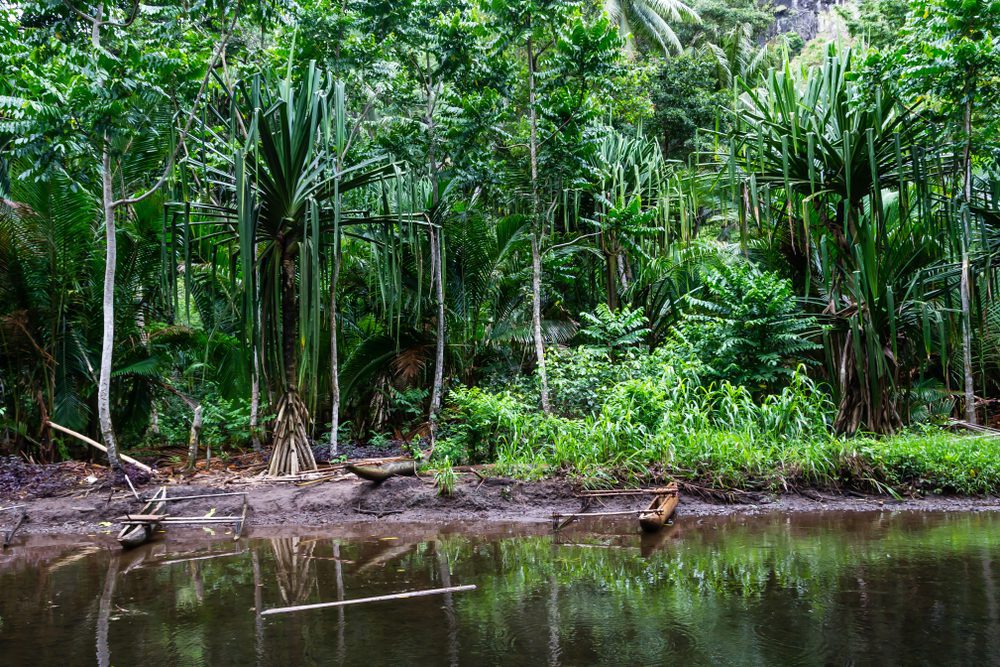
It was amazing that the Australian military men saw what they saw. The Agaimbo area is difficult for westerners to access, distant from amenities that city dwellers take for granted.
No wonder the mysterious discovery had lain undisturbed for so long – it was surrounded by a swamp filled with crocodiles!
4. The Swamp Ghost
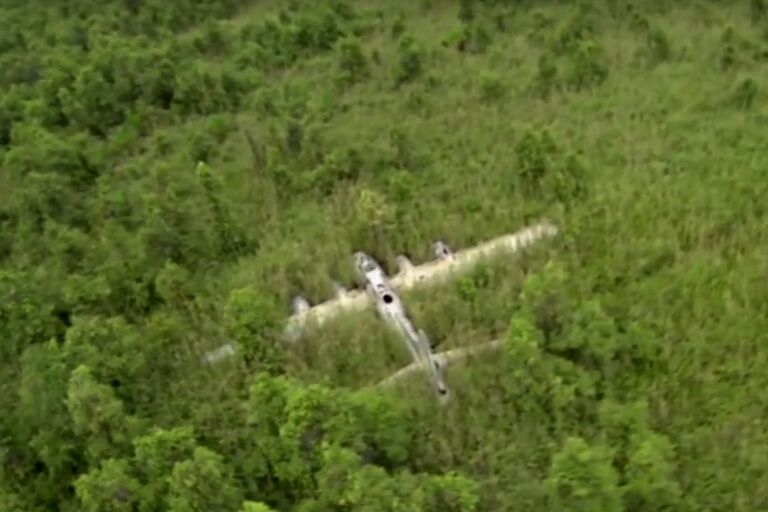
The relic was a bomber from WWII. Because of its mysterious disappearance in the jungle, it acquired the nickname “Swamp Ghost.” Military historians knew it was down there somewhere, but figured it was unreachable. Fred Hagen, an aviation archaeologist, shared the story in 2010 with the Southern California Public Radio.
5. A Veteran Pilot Gets Interested
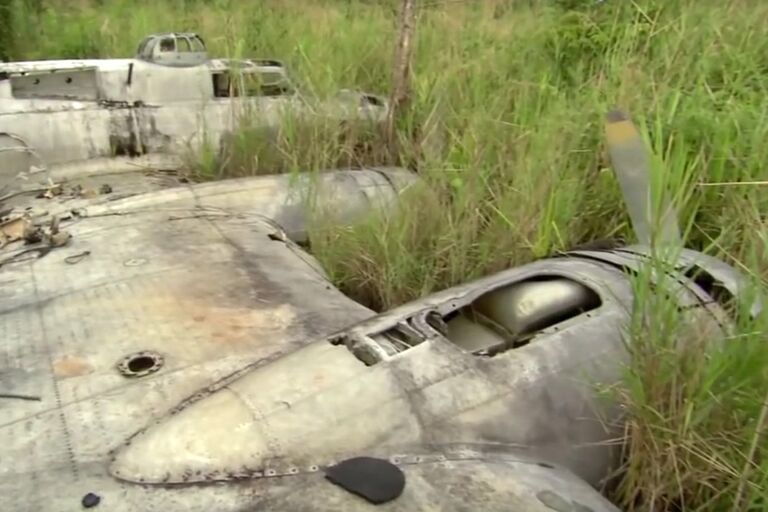
David Tallichet, Jr. was a World War II pilot and entrepreneur. He loved restoring old military planes. In addition to his aviation-themed restaurants, he put a great deal of energy into his precious collection, numbering more than 100 plane.
He was especially proud of his P-40 Tomahawk and B-25 Mitchell bomber.
6. A Coincidence Made In Heaven
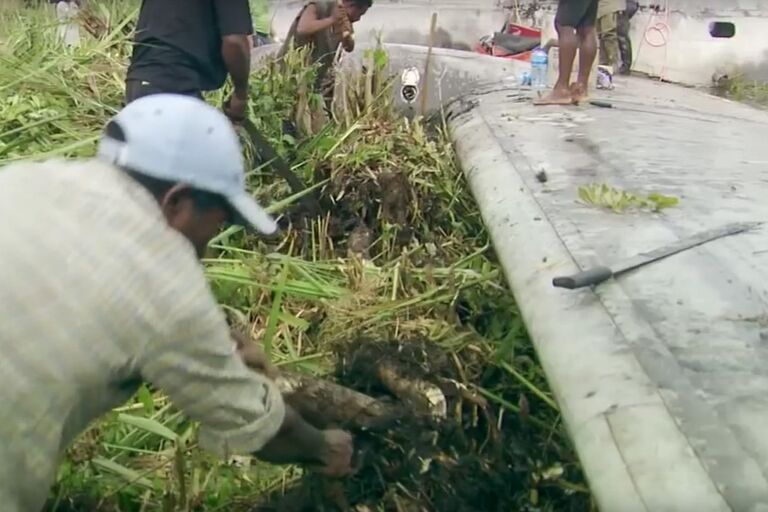
During World War II, Tallichet had actually co-piloted the same kind of plane that the helicopter had discovered in Papua, New Guinea.
In the 1980s, Tallichet and Hagen put their knowledge and skills together, determined to salvage the Swamp Ghost. Hagen was pleased to notice that their endeavor captured global attention.
7. The Huge Plane Was Not A Ghost At All
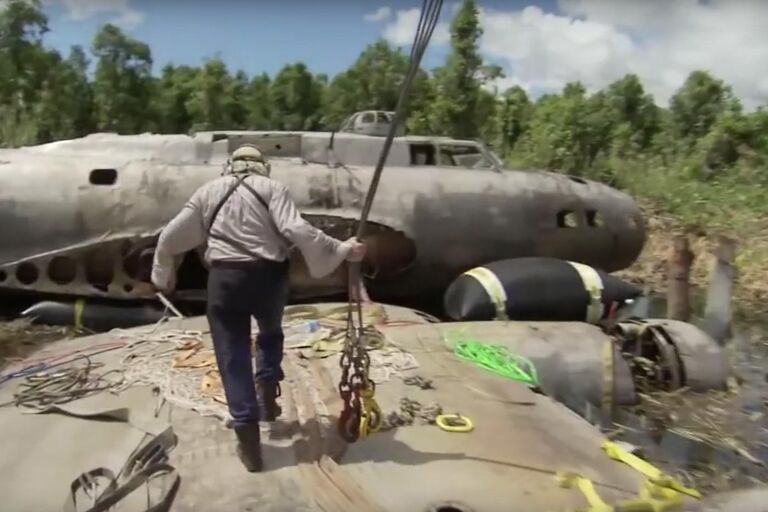
The plane was identified as a U.S. Air Force B-17E Flying Fortress. The name is thought to have come from an awe-struck Seattle Times reporter observing the behemoth plane on a test flight in 1935 before the war.
Boeing decided that the name fit perfectly and kept it. It played an important role in building the fame of this plane.
8. The Flying Fortress Stayed Strong
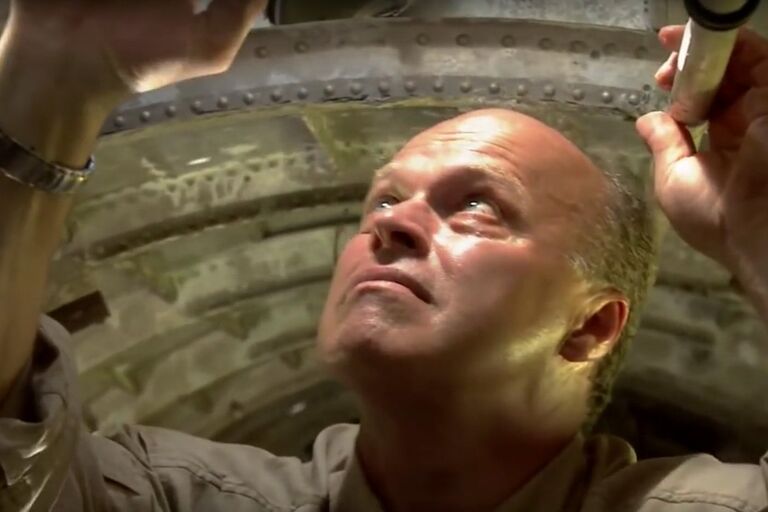
It took Tallichet and Hagen years to remove it from the crash site. They were amazed at its remarkable state of preservation in spite of 30 years in the humid jungle.
They learned later that only three other B-17E bombers had ever been recovered in the world after they crashed.
9. The Proud Bomber Has Never Retired
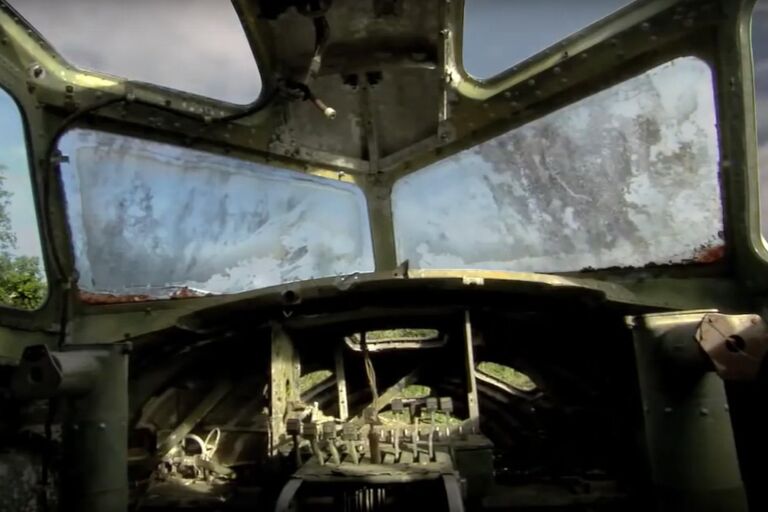
Hawaii’s Pacific Aviation Museum is the present home of the Flying Fortress, where it is now being restored. The Museum describes the aircraft as “intact and unretired,” a well-made machine invaluable in helping the Allies and the United States win the Second World War.
It is now one of the most famous attractions for the museum’s visitors.
10. Boeing’s Competition Entry

President Roosevelt knew from World War I that the future wars would be fought in the skies, so he moved quickly to modernize the military by commissioning a fleet of newly designed bombers to be based in Panama, Alaska, and Hawaii. In 1935, the B-17 design presented by Boeing won the competition.
11. The B-17E Makes Its Debut
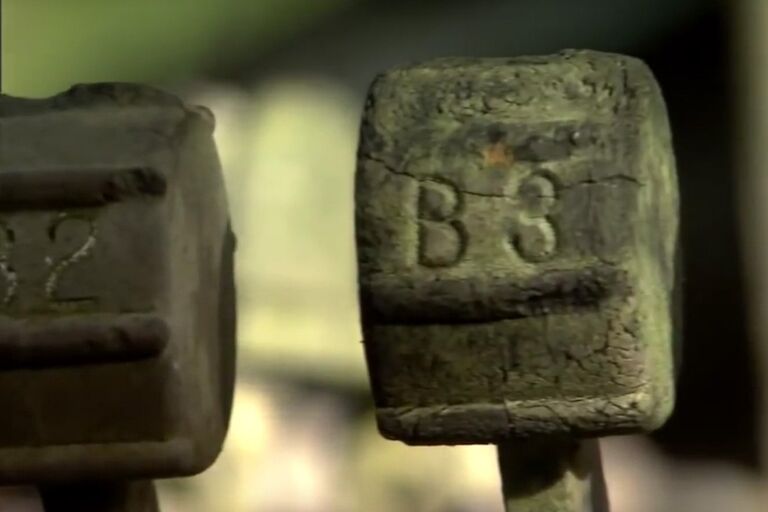
The first B-17s went into service in the last half of 1941, not a moment too soon. Developments in engineering and payload size improved the original design.
At war’s end, over 12,700 of the bombers had been put to use, the final model being the B-17G, proving themselves very reliable planes.
12. A Fateful Change of Plans

On the day before the Japanese attacked Pearl Harbor, the Swamp Ghost was scheduled to leave San Francisco for Hawaii. At the last minute, its Pearl Harbor assignment to accompany the Kangaroo Squadron was changed, and it was redirected to fly on several other bombing missions elsewhere. This is how its history begins.
13. Enter the Enemy

A little over a year after the Japanese bombing of Pearl Harbor, enemy forces took control of a village called Rabaul on New Britain Island off the coast of Papua, New Guinea.
Because nearby Allied bases were threatened, Swamp Ghost was sent to attack the Japanese ships in the harbor at Rabaul.
14. Unexpected Disaster Strikes
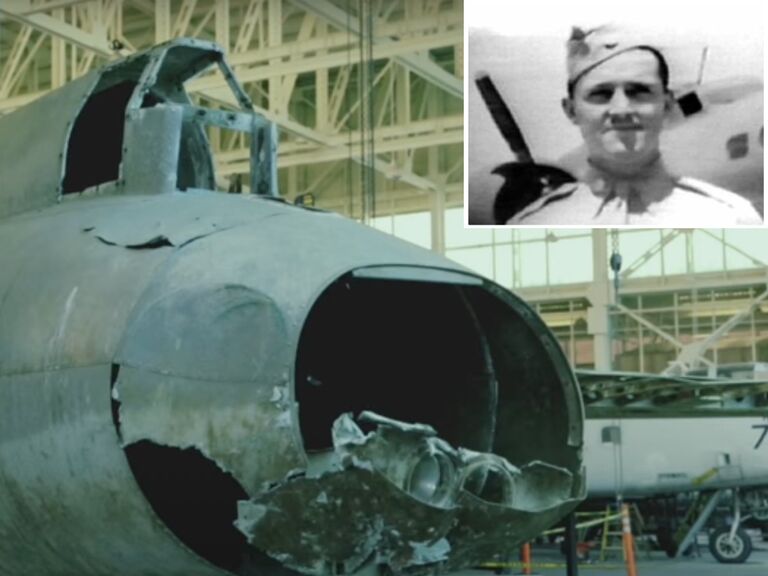
As the Swamp Ghost crew prepared to bomb the target ship, the bay doors stuck. Captain Frederick “Fred” C. Eaton, Jr., piloting the plane, circled the Japanese freighter as the crew worked frantically to unstick the doors. Although eventually successful, by that time they’d attracted the attention of the enemy. Read more about that on the next page!
15. No Way But Down

The Flying Fortress crew was skillful and evaded most of the flak while managing to take down three Japanese fighter planes. But then its fuel tank was hit. The flak didn’t explode, but the leaking fuel left no other alternative but to make an emergency landing, regardless of the odds.
16. Captain Eaton Comes Up with a Plan
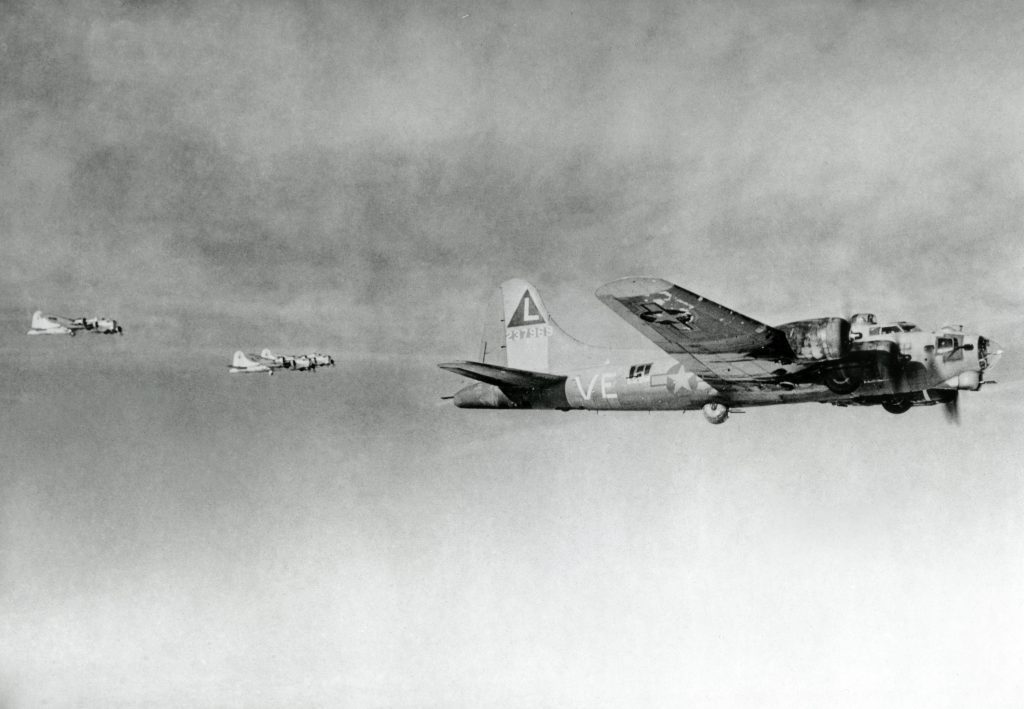
Port Moresby, the capital of Papua New Guinea, would have been an ideal landing site, but it was not meant to be. Nearing the Owen Stanley Mountains, Captain Eaton aimed for a wheat field in the lowlands before he would hit the mountains.
Unfortunately, the “wheat” was swamp grass ten feet high.
17. Stranded in a Hostile Wilderness
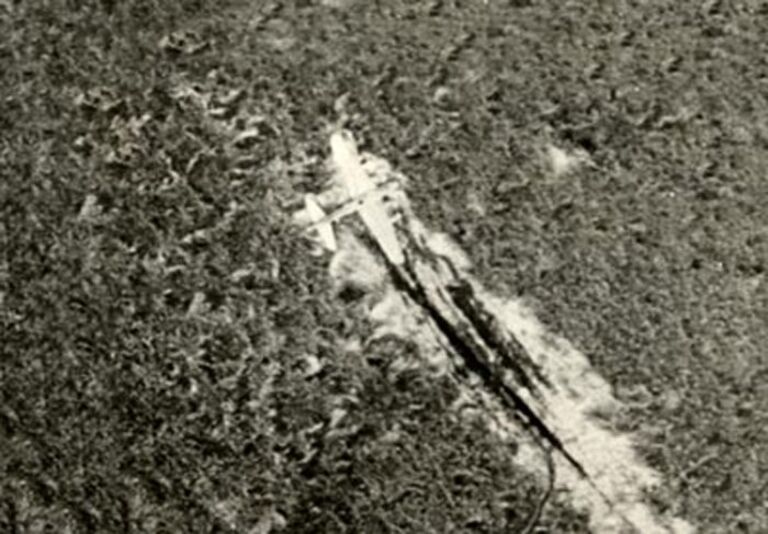
The crew somehow survived the landing without any significant injuries, but they were now stranded in unknown territory and in a very vulnerable position.
Days passed as they searched for assistance from Allied support or friendly villagers. Exhausted, the men lost weight as they battled with the mosquitos and the tropical sun.
18. The Next Chapter
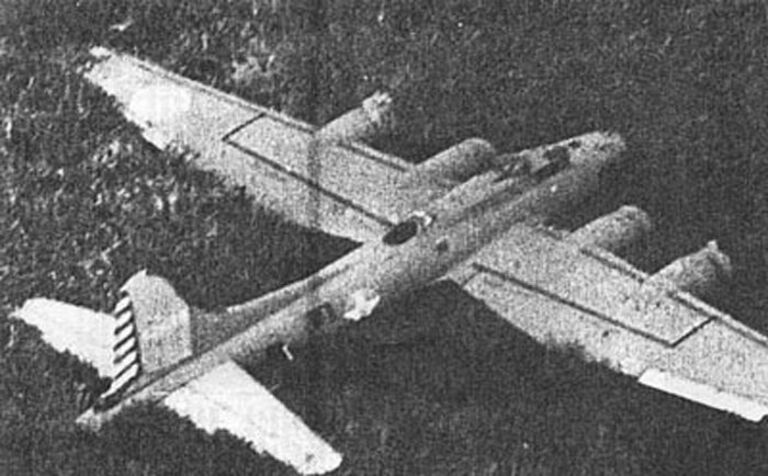
In the humid, mosquito-infested wilderness, the men suffered from malaria, a severely debilitating disease. They eventually found help in a village where they were given food and medical care, ultimately rejoining U.S. military forces.
As bitter fighting continued in the Pacific theater, the men returned to combat. The Flying Fortress was lost … until 1972.
19. Home At Last
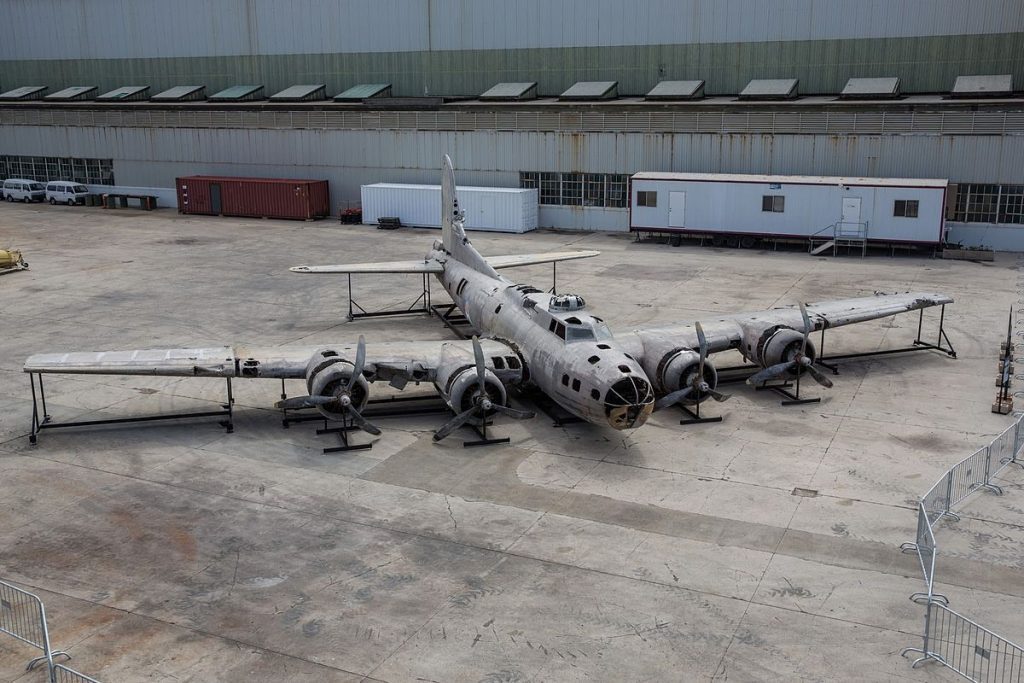
Hagen’s dream of retrieving the Swamp Ghost came true in the year 2006, and the plane came back to the United States a few years later.
After so many years, a public viewing was held in California, attended by some family members of the bomber’s crew from so many years before.
20. What Price For A National Treasure?
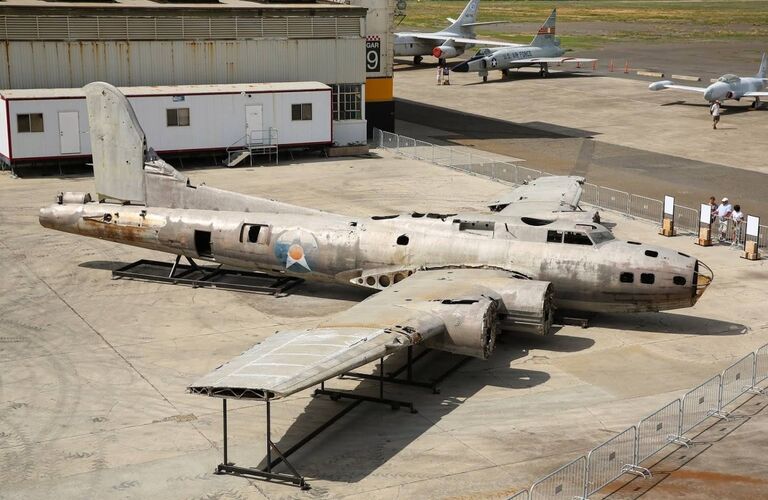
The Pacific Aviation Museum at Pearl Harbor, where the Flying Fortress has been appropriately kept since 1913, will restore and house the plane in a hangar on a small island within the harbor.
Restoration costs are expected to surpass $5 million, but the old plane is truly a World War II hero. Another World War II Relic In The Frozen North
21. Some Historic Treasures Are Hidden In The Open
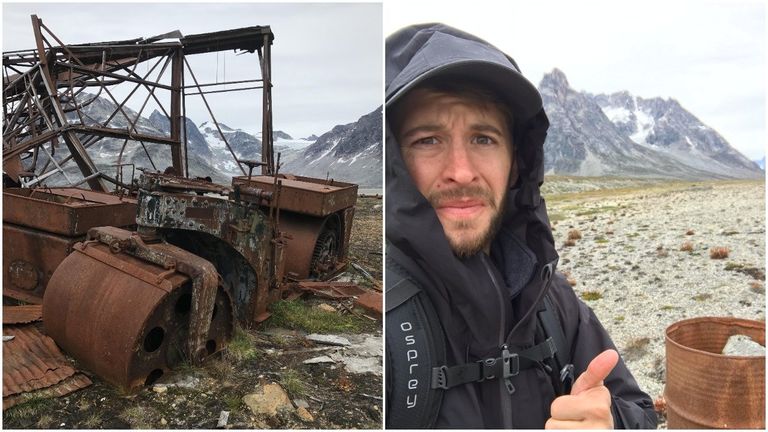
Not all historic treasures are buried in tropical jungles, as Imgur user CanadaSpeedoMan and his wife can tell you.
Together they went hiking in the back country of Greenland, exploring fjords and rocky wastelands, days away from people and civilization. Then they found the rusty remnants of some kind of camp.
22. The Remote Landscape Of East Greenland
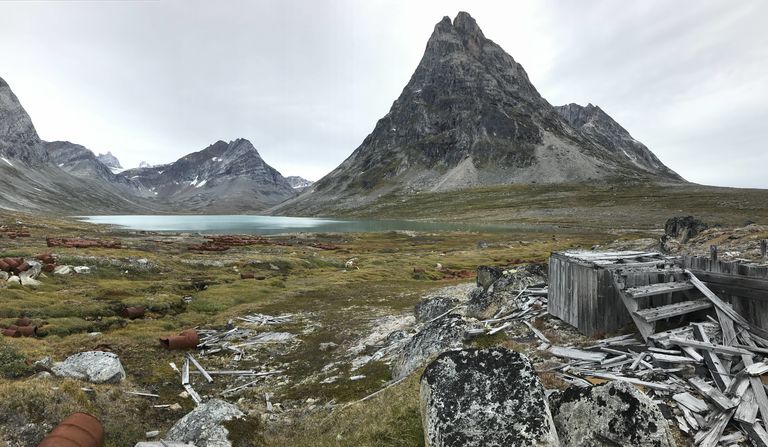
Although Greenland has a diverse and thriving population, much of the country, especially in the east, is empty of life.
Characterized by cold lakes and mountains, vast amounts of the land are buried in ice. It’s not the kind of place one would expect to find a facility that once helped save the free world.
23. The Eskimo Encampment That Helped Determine The Outcome of WWII
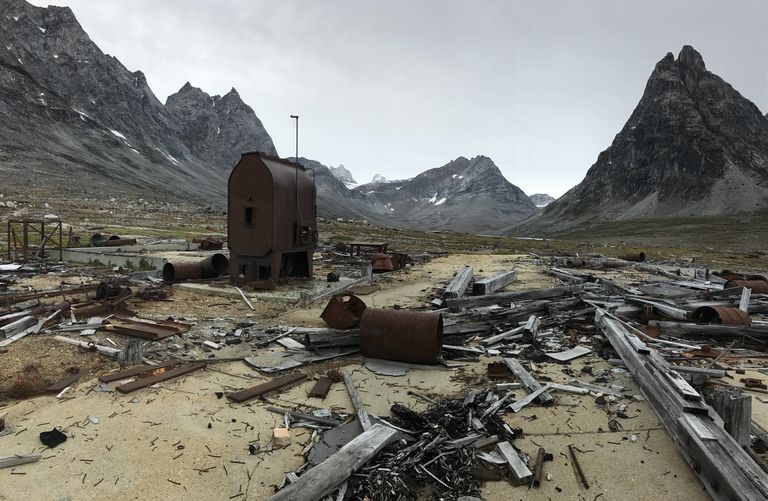
Near an old Eskimo camp lies an airstrip in the middle of a flat plain surrounded by mountains. It was built by the American military for refueling aircraft going to and from Europe during World War II. Over half a century later, it bears witness to a time gone by.
24. A Very Long Runway
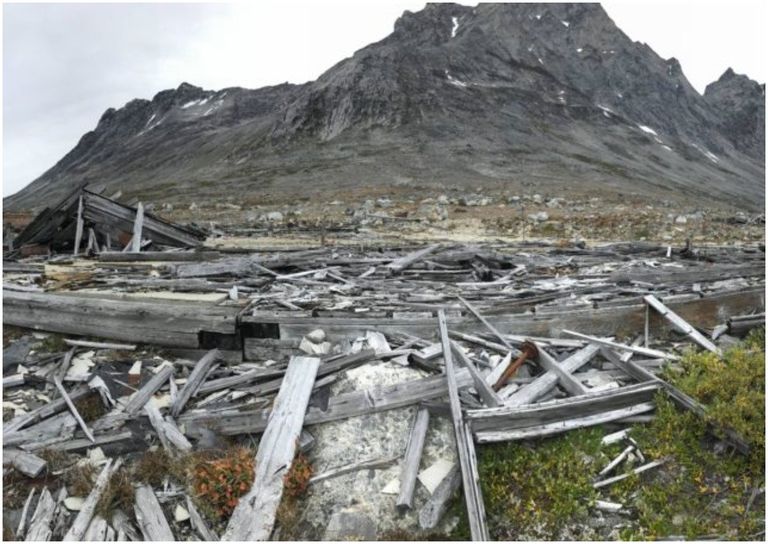
The airstrip, called Bluie East Two, was created because the United States needed a secure, defensible 5,000-foot runway. In the summer of 1942, a task unit of men and supply vessels came to construct the airfield near Taslilaq. This picture shows the site where it happened. Find out more on the next page!
25. It Wasn’t Meant To Be Easy To Find
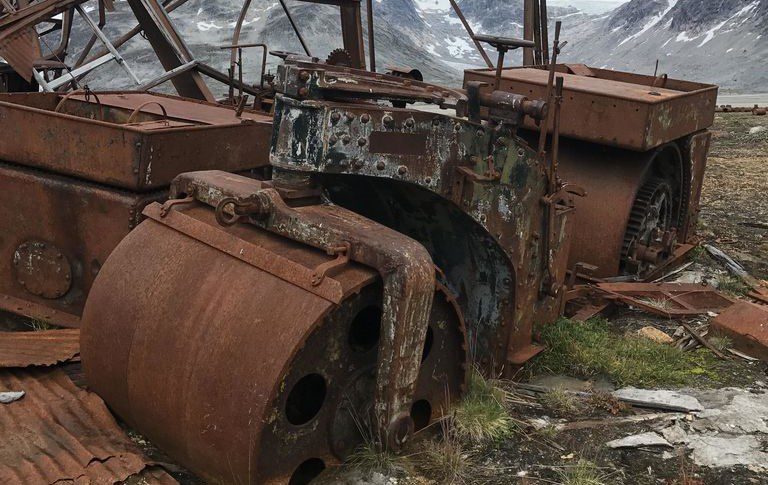
The need for the airfield ended soon after World War II. During its five years in service it was a valuable aid to American defense because it was a strategic observation post as well as a safe stopover.
Along with a few other Greenland bases, it remained open a short time after the war before closing.
26. Like Cleaning Up Space Junk?
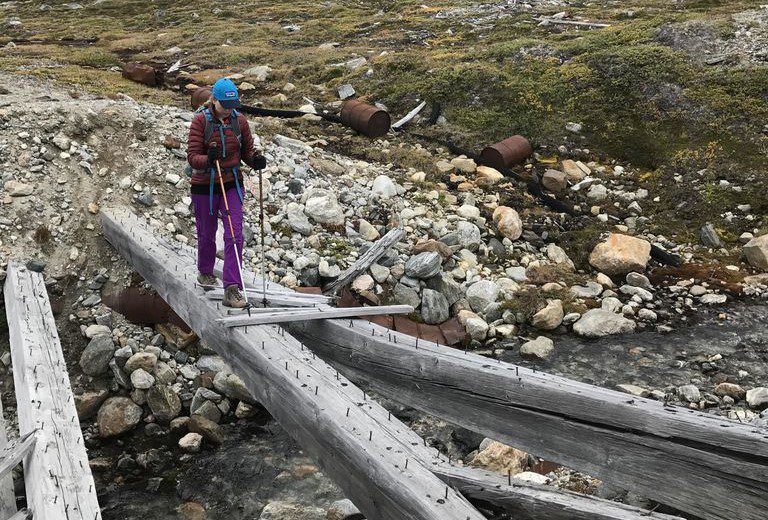
All the construction materials for Bluie East Two had to be transported in because of the lack of accessible natural building materials such as lumber.
Another issue was the difficulty in laying pipes and cables into frozen ground. Because the area was so thinly populated, it was more cost-effective to leave everything there than to ferry it out.
27. Not A Barrel Of Fun
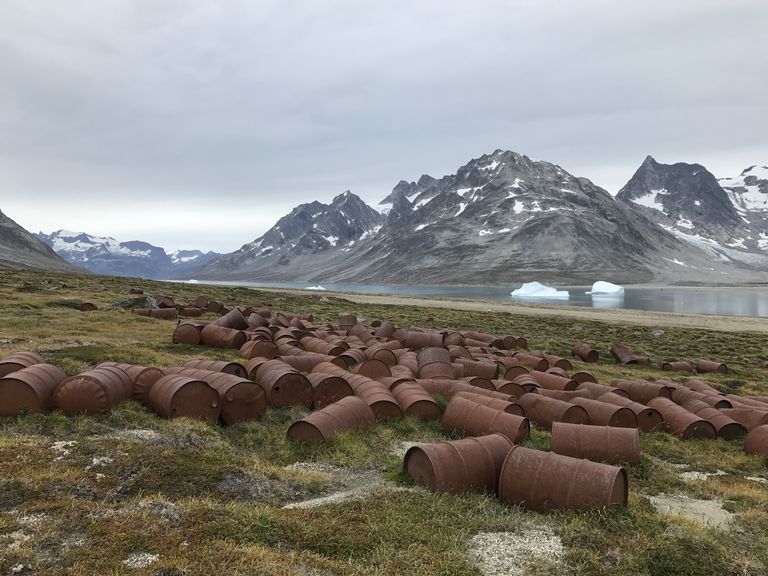
Not only buildings were left behind. Metal barrels by the hundreds that once held fuel are scattered over the landing strip area.
Not all the barrels are empty – some still contain fuel after so many years. Imagine the shock of CanadaSpeedoMan and his wife upon encountering such a sight.
28. Earth Movers
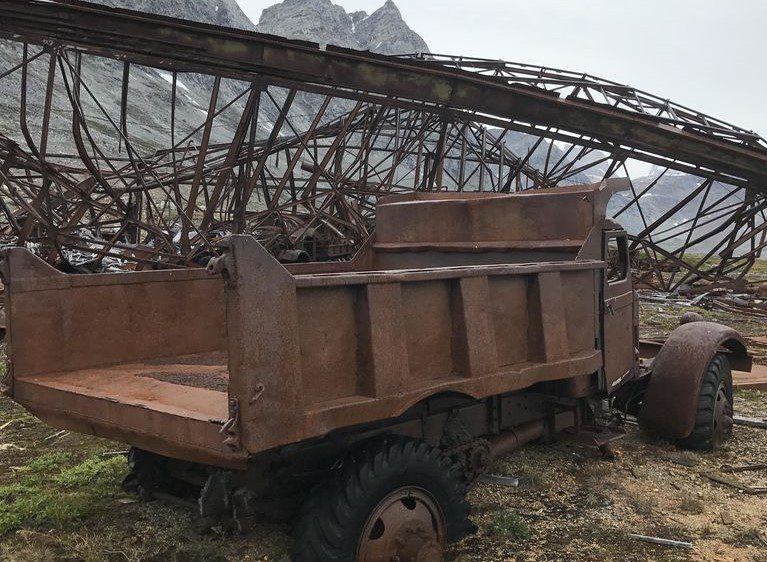
The runway had to provide traction for aircraft landing and taking off, so it was laid with gravel. Today, not only is the gravel still in place, but also the giant heavy machinery once used to haul and distribute the gravel. Such vehicles are expensive, but so is transporting them. Find out more on the next page!
29. Not Everything Is Still There

Although the large and heavy supplies still remain at Bluie East Two, over the years the native people in Greenland have made use of small things left behind by the military. If they could carry it by hand or by fishing boat, they picked it up and made use of it.
30. They Left What Behind?
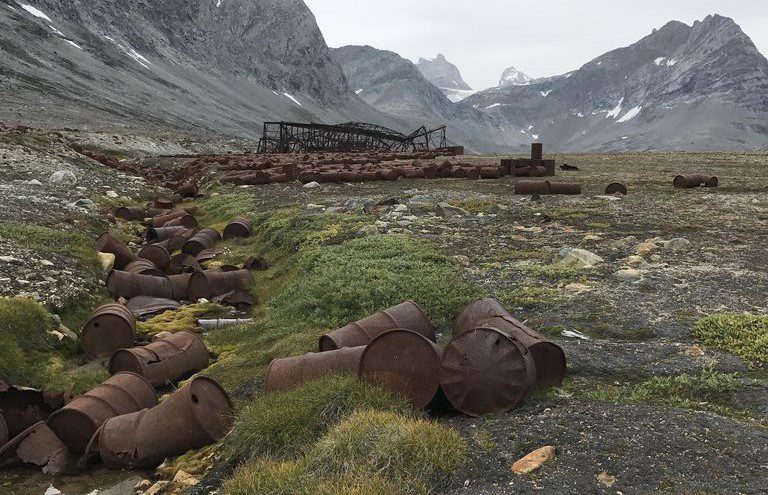
Some old photographs taken during the building phase of the facility depict all the machinery used in construction. Also revealed are crates of explosives that were carefully ferried in.
More than shovels and cranes were needed to remodel the glacial landscape of East Greenland, which, as we can imagine, was very hostile.
31. Mutual Agreement
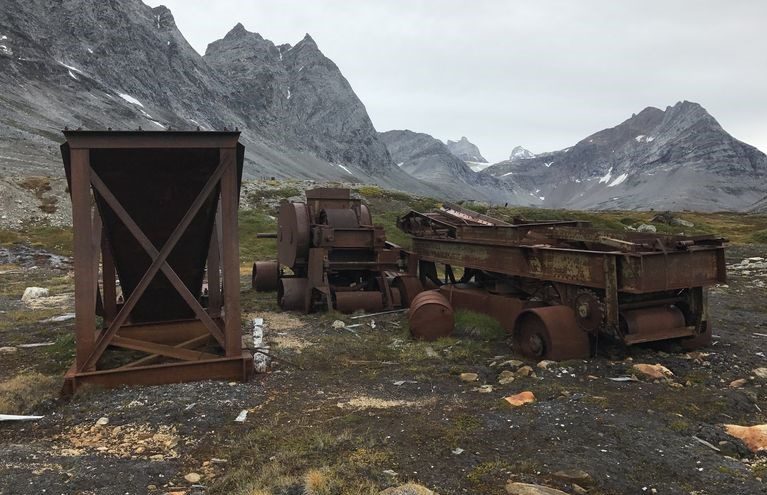
The American Coastguard regularly resupplied the base by air. When the runway couldn’t be cleared due to severe snow and ice, supplies were dropped from the air without the aircraft landing.
The Danish government worked with the Americans during the war, but their airfield collaboration ended after the war was over.
32. The Cold War Was Colder In Greenland
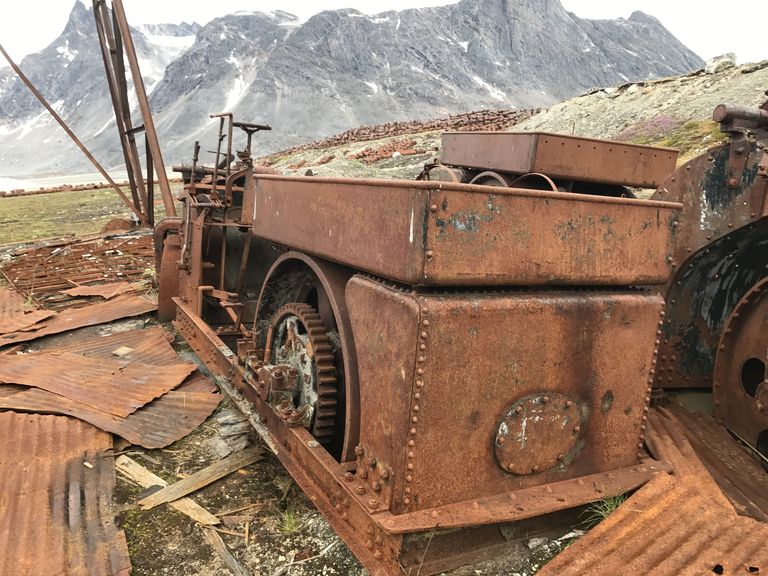
The Danish American collaboration was reactivated in Greenland in 1958. In the 1950s – “the Atomic Age” – the old camp again became useful when an early-warning radar system was set up in an area farther south. The center was never as bustling as it had been during the Second World War, though.
33. More Nostalgic Mementos Of Human Presence
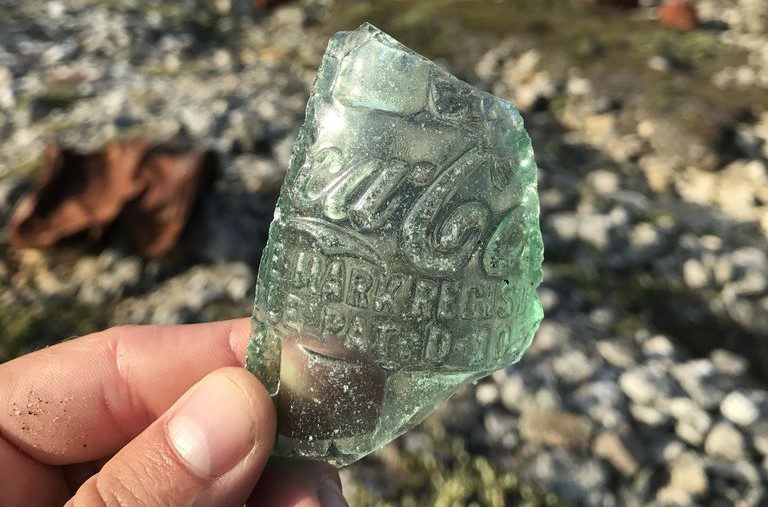
Humans have a way of leaving something personal behind wherever they go, and they were no different back then. In addition to detritus from the landing field, the camp was littered with chips of curved glass from Coca-Cola bottles left behind by the military men. These are all small signs that persons lived there and of how they lived.
34. More Than Barrels And Bottles And Big Trucks

Along with large vehicles, static pieces of equipment were also left behind, surprisingly intact in some cases. Although most of the buildings have collapsed, many of the furnaces and boilers that were left behind still remain standing, some even showing their manufacturers’ labelling. This one for example shows very clearly the name of its manufacture, Fitzgibbons in New York.
35. Silent Radios

A surprising amount of communication equipment was left behind, including a collapsed radio mast lying uselessly near the masses of nearby ice.
Crumbling radio boxes that once crackled with voices are cold and silent. All these items could now be placed in a museum, as they are an amazing example of the devices used back in that time.
36. Another Surprise
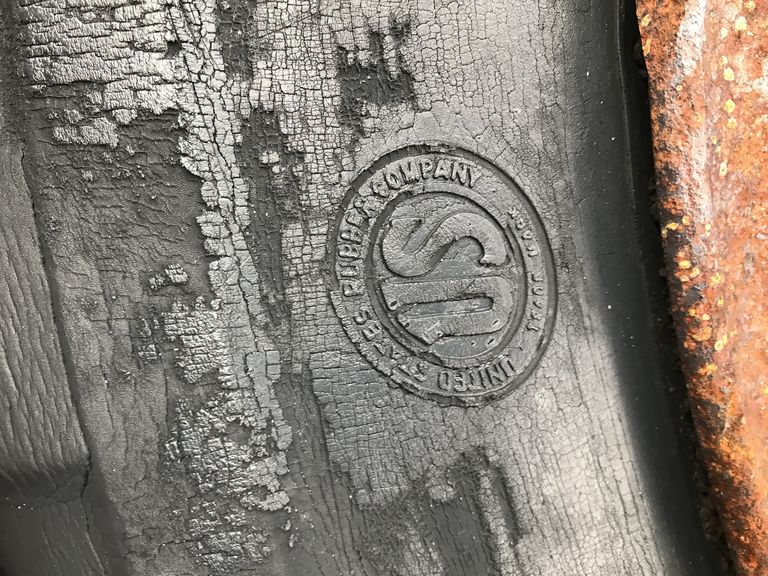
Like the quiet radios, big black tires that used to roll over the ice and rocky ground are now still. A few tires stamped “United States Rubber Company” still wear their snow chains as if ready to roll. It is almost as if the place had been deserted the week before, and it produces a very peculiar impression.
37. All Good Things Must Come To An End
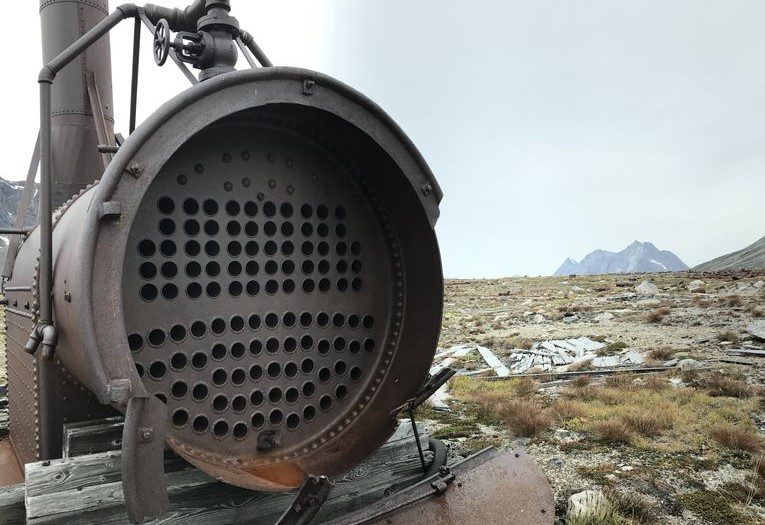
Both the governments of Greenland and Denmark have been discussing what to do with Bluie East Two for several decades.
It seems unlikely that much of the site can be put to productive use. Whose responsibility is it to clean up? Who will pay for the disposal of unusable materials? Find out more on the next page!
38. And Now?
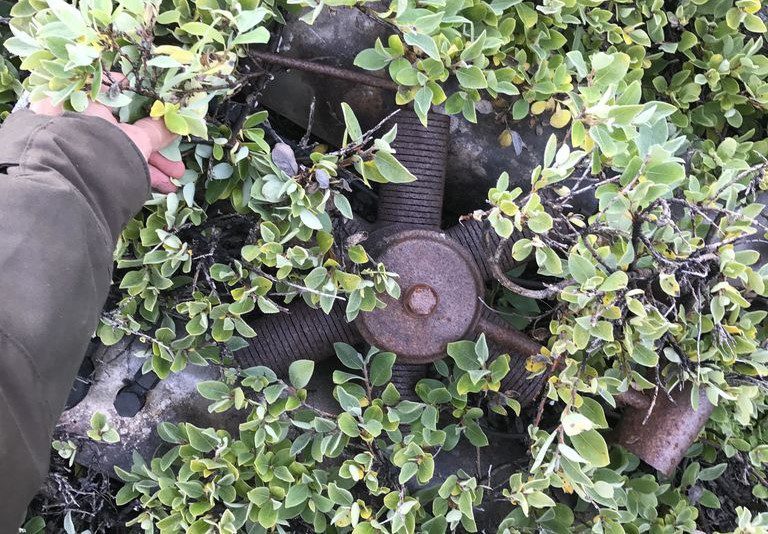
Finally, in 2017 the two governments worked out some details in deciding how to clean up the runway area since it is long beyond restoring to any useful function.
Although the project was scheduled to start in 2018, COVID-19 struck the following year. The current status is unknown and there is nobody eager to go check it out.
39. The Future, Whenever It Gets Here
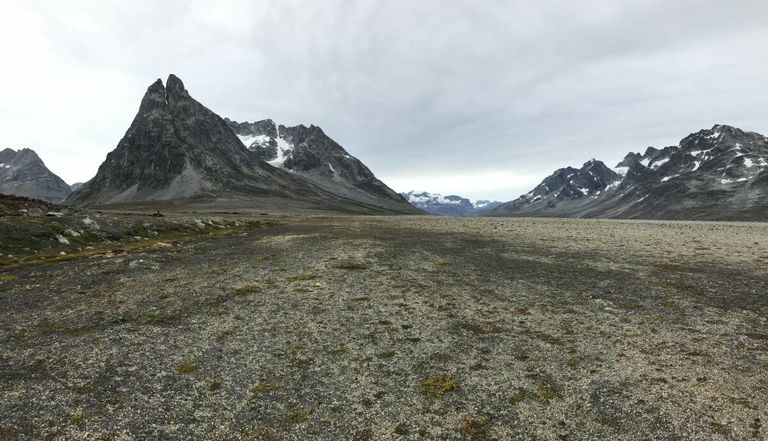
The plan remains. CanadaSpeedoMan and his wife might be the last living people to have documented what will likely soon be an empty white landscape.
Bluie East Two is similar to an archaeological site where once people talked, worked, ate, slept, laughed, cried, drank Coca-Cola… But it is now necessary to clean it up for ecological reasons.
40. The Value Of The Photographs

The cold and barren space in East Greenland made a difference in world history by aiding in the fight against fascism and tyranny. All the chunks of rust and rubble look bizarre today, out of context, but their history is as incredible as their surroundings and should not be forgotten. We will of course remember it!
